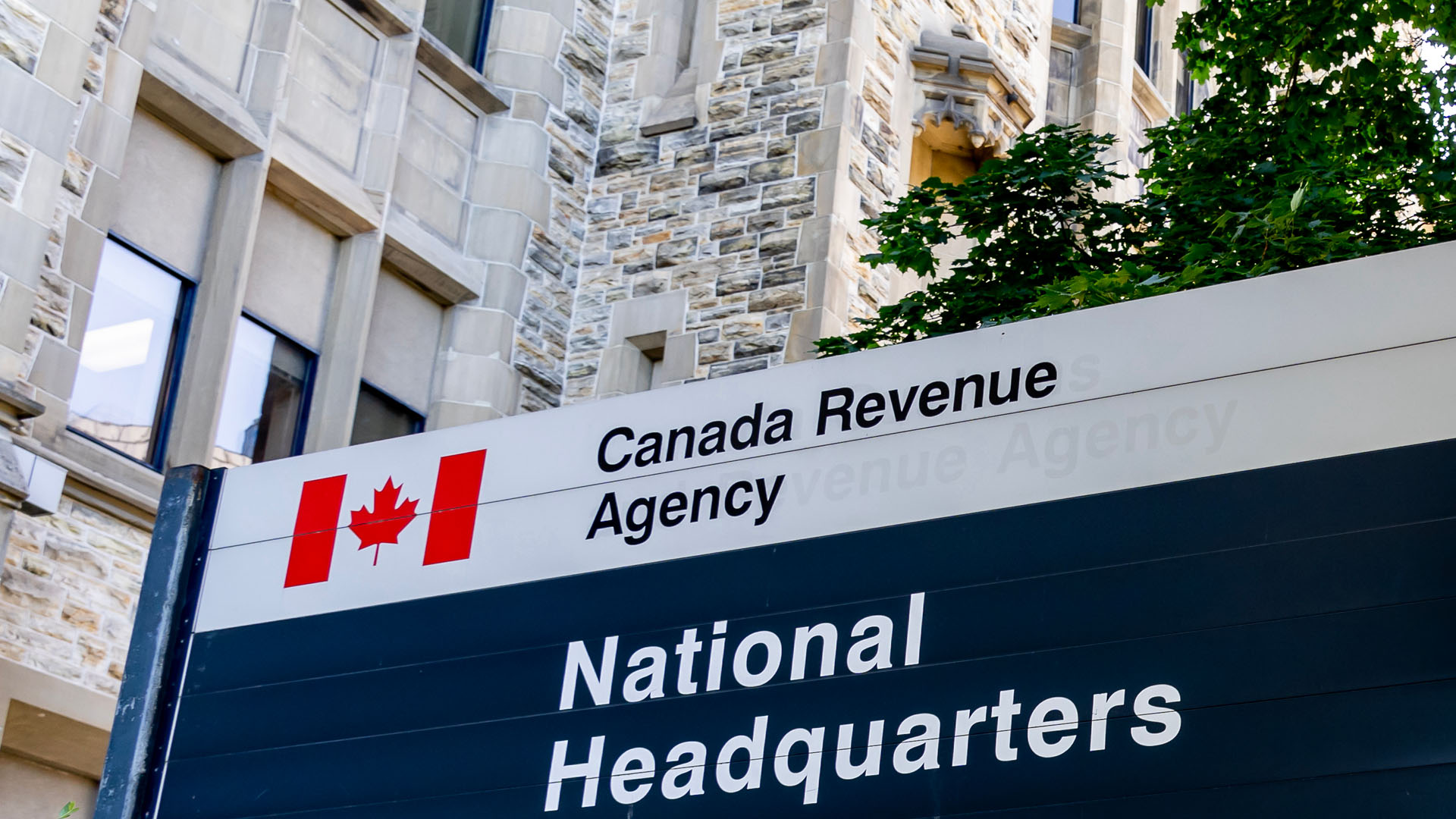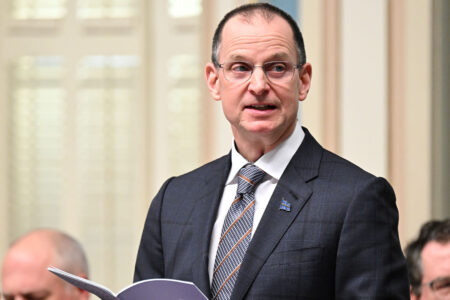
To the surprise of many in the charitable sector, the somewhat arcane policy of the “disbursement quota” for charities is under review. This federal rule, contained in the Income Tax Act, has been applied since 1976 to the assets of charities not used for charitable activities or administration, which are most often endowments. It requires charities to spend a minimum amount each year on their own charitable programs or on gifts to qualified recipients.
The goal of the quota is to prevent undue accumulation of these assets and to ensure that assets are disbursed for charitable purposes and activities. The decision to review the quota appears to be related to the financial pressures of the pandemic on charities. But Finance Canada should be careful about updating regulations for the charitable sector in reaction to the moment.
For most of its existence, few people in the charitable sector beyond accountants and charity lawyers have taken much notice of this rule. The current quota applies mostly to charities that are foundations, which follow a model of annual distribution of grants to other charities, in amounts ranging from the mandated minimum 3.5 per cent of capital assets set by the disbursement quota to four per cent or more, depending on a foundation’s approach. The current minimum was set in 2004 and has not been reviewed publicly since then. Most foundations, both private and public, have met or exceeded the minimum and the flow of charitable giving has steadily increased over the last 15 years as more donors create foundations or donor-advised funds.
In the 2021 federal budget, the government abruptly announced its intention to consider increasing the disbursement quota. It suggested that this was in response to the immense financial pressures experienced by many charities providing services to communities and struggling with the revenue shortfalls caused by the pandemic. While acknowledging that endowments do allow for more overall funding available to charities over the long term, Finance Canada stated, in a background paper released this summer, that an “effective disbursement quota should also ensure that adequate funding is available to support the current needs of the charitable sector, even if it limits some growth” (my emphasis).
The budget and the background paper also pointed to what they called a significant accumulation of investment assets since 2010 suggesting that this growth is disproportionate, and it is time to force endowments to disburse more. Some in the charitable sector have responded with calls for increases in the disbursement quota to seven or 10 per cent annually, a rule that would force many endowments to encroach on capital and spend down.
The policy answer to a real problem of insufficient and unequally distributed financial resources for charities is not to increase their disbursement quotas. Let’s examine the evidence and the premises underlying this conclusion. The idea that foundation endowments have been growing disproportionately over the past decade is based on aggregated data on foundation assets from the Canada Revenue Agency’s annual charity reports. However, aggregate data does not tell the story.
Typically, most foundations, whether private or public, invest conservatively. Their range of average annual returns would be close to the five-to-six per cent range, not out of the ordinary. A very small number of foundations have seen extraordinary gains in portfolio value. This outlier data must be considered in making statements about the entire foundation sector.
Data reported by funder associations suggests that foundations’ disbursements are typically exceeding the minimum and are closer to four-to-five per cent of endowed assets. This hardly suggests that there is wealth hoarding going on in the foundation community. Capital is being preserved, but this ensures a steady flow of giving over time.
On the distribution side, would an increase in the disbursement quota increase the supply of philanthropic dollars to charities serving the most vulnerable, or to causes that governments designate as priorities? It has been argued that charities, including foundations, should be considered in some sense “agents” of the government because their donors receive tax benefits and public dollars to incentivize their giving.
This would come as a surprise to many donors. There is no evidence to suggest that tax incentives for giving were developed as a policy tool to create charitable agents of the state. On the contrary, tax incentives are offered to individual citizens primarily as a stimulus to give to their communities. The government has not intervened in the choice of philanthropic vehicle by donors nor does it specify how charitable dollars should be deployed, other than through appropriate rules to ensure that charities work for public benefit and for charitable purposes accepted in law. A simple change in the disbursement quota will do nothing about the redistribution of philanthropic capital nor should it be expected to do so.
Public policy has tried to strike a balance between distribution and accumulation, one that preserves the value of an independent foundation sector which takes a long view, and which can fund risky or untested projects and ideas that governments and the business sector will not or cannot. The disbursement quota is an appropriate tool to ensure regular distribution and prevent undue accumulation of philanthropic resources.
But it is not the tool to address the inadequacy of charitable revenues. A major increase in the disbursement quota, beyond rates that permit maintaining the value of the endowed capital, attacks the fundamental premise on which foundation endowments are based, which is their long-term sustainability. As many have said, endowed funds are best considered as the savings, not the chequing, account of the community. They are accounts that can be used for the longer term, more-difficult-to-finance bets, not just for the daily operations of charities.
Yes, in the current context of our pandemic crisis, endowments funds can and should be used to support charities in need and to top up operational deficits in the face of extreme shortfalls. These funds should also be deployed into impact investments that have a social purpose, and there is certainly a strong policy argument for encouraging and facilitating the growth of social finance. But in updating and modernizing regulations for the charitable sector, we must consider evidence and design policy for the long term.
It is important to have a policy debate on the regulation of charities, which includes the minimum requirement for an annual disbursement of charitable assets. There are other elements of the federal regulatory regime for charities that need to be reviewed, including the rules governing funding flows between charities and non-charities. This regime has not been comprehensively updated for decades, as the advisory committee on the charitable sector and many others have pointed out. Finance has shown a willingness to examine some aspects of the framework with recent changes to rules governing public policy activity by charities. A more comprehensive review has been sought by many voices, from the Senate to the advisory committee and many in the charitable sector.
If the Income Tax Act continues to be the main statute used by the federal government to regulate charitable activities, it would make sense to review more than just the one clause that defines the disbursement quota. This shouldn’t be a debate over one part of the whole but indeed a rethinking and modernization of the entire system to better fit today’s realities.










